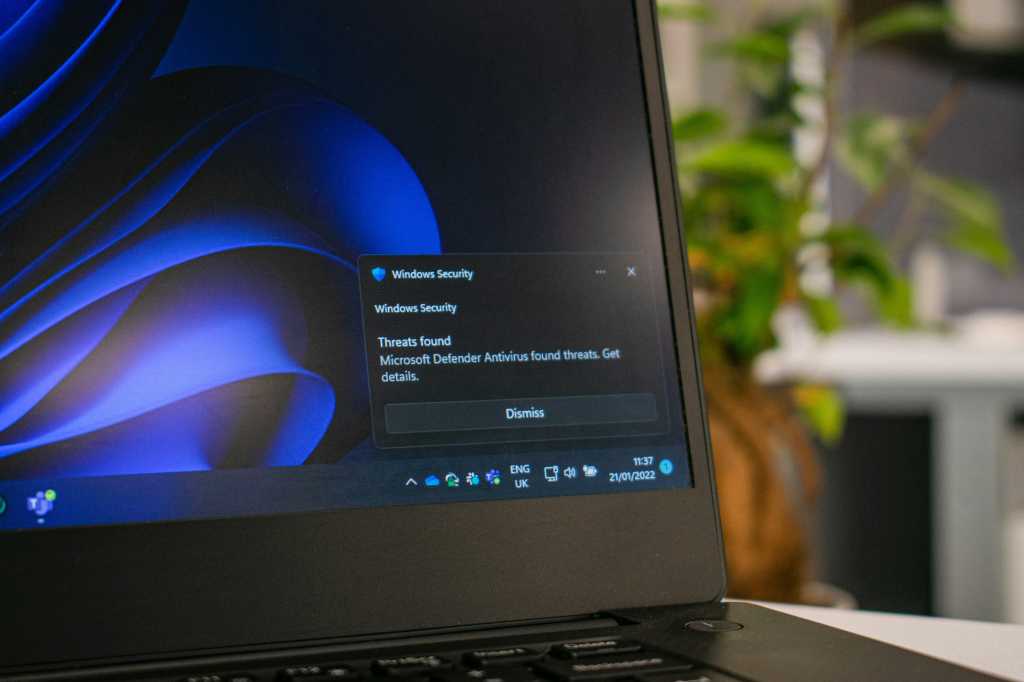Security news can be a bit muted these days. This year alone, we’ve seen a number of major data breaches come to light, along with a string of security vulnerabilities. This week, we saw the report of a serious issue with Secure Boot, one of the primary methods used to protect PCs from malicious attacks.
The Secure Boot situation may sound scary, but until a fix can be found, you can protect yourself, and it’s easy: just let your antivirus software do the work.
It may sound obvious, but some people change their antivirus settings to turn off automatic updates, or even worse, disable the software’s protection altogether. Even if the latter condition is only temporary, it can cause a lot of damage in the meantime.
Further reading: Best antivirus software
Antivirus helps block common ways attackers try to exploit vulnerabilities, such as drive-by downloads on shady sites, compromised websites, malvertising, etc. While it doesn’t guarantee complete protection against all hackers (such as if a bad actor has physical access to your device or if a nation state launches an attack for some reason), it does provide a sufficient layer of protection.
When you hear alarming security news, use it as an opportunity to check in. Is your antivirus program up to date? Are your virus definitions up to date? Are you receiving notifications about significant findings (suspicious files, app changes, etc.)? Are you still receiving notifications about data breaches to your email address?
Similarly, make sure your Windows is up to date. Any security patches you need if this discovery compromises your PC will likely be delivered through Windows updates. Staying up to date doesn’t take much effort (or stress) – all it takes is a quick check to make sure everything is working as expected, and the software will handle the rest.

